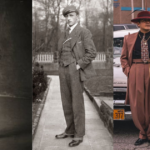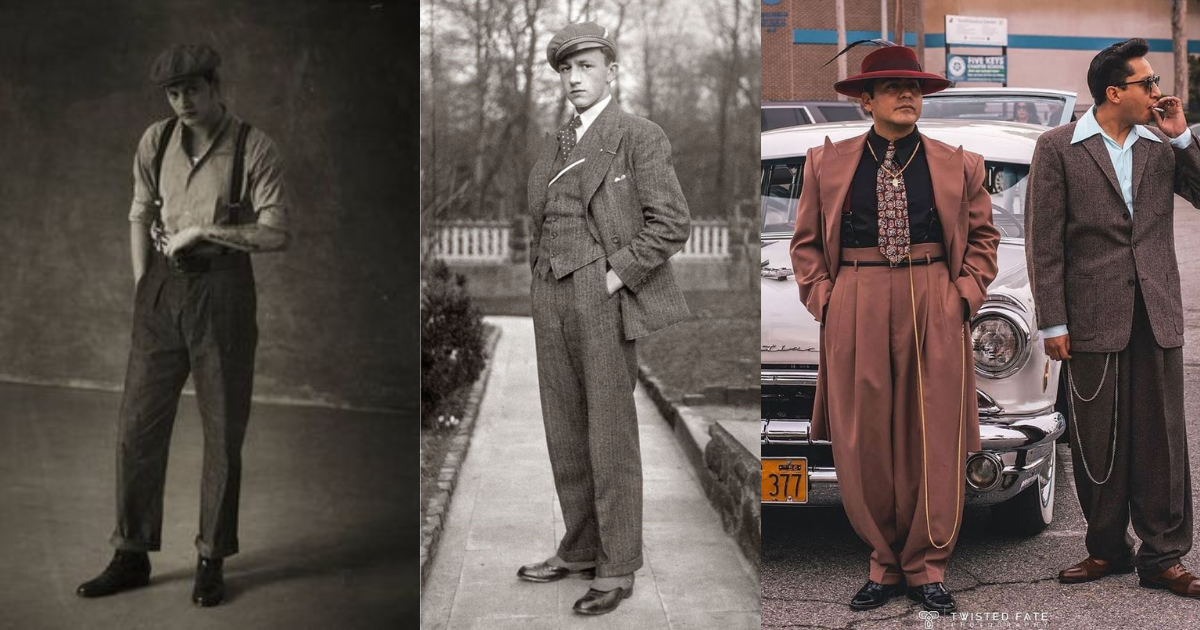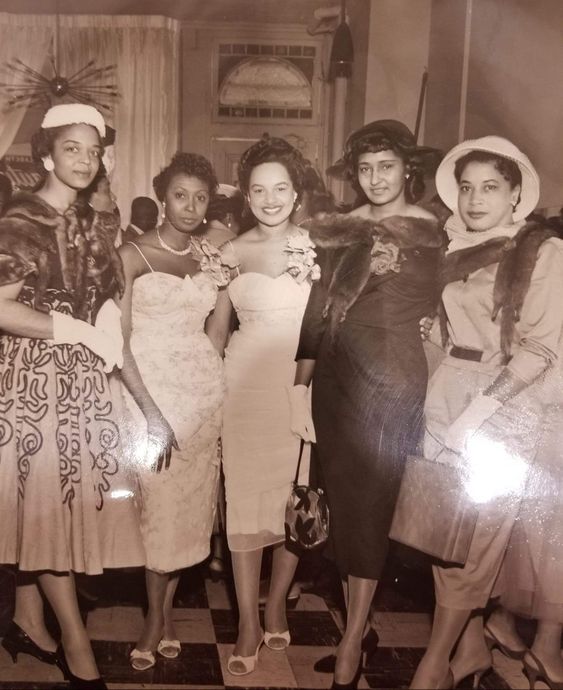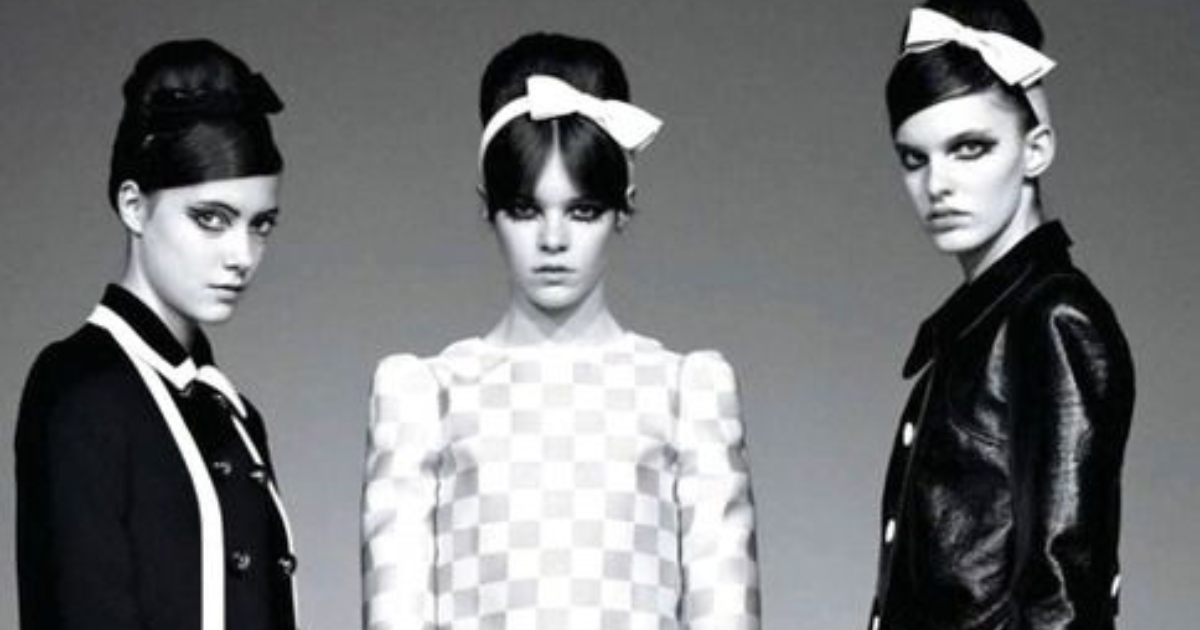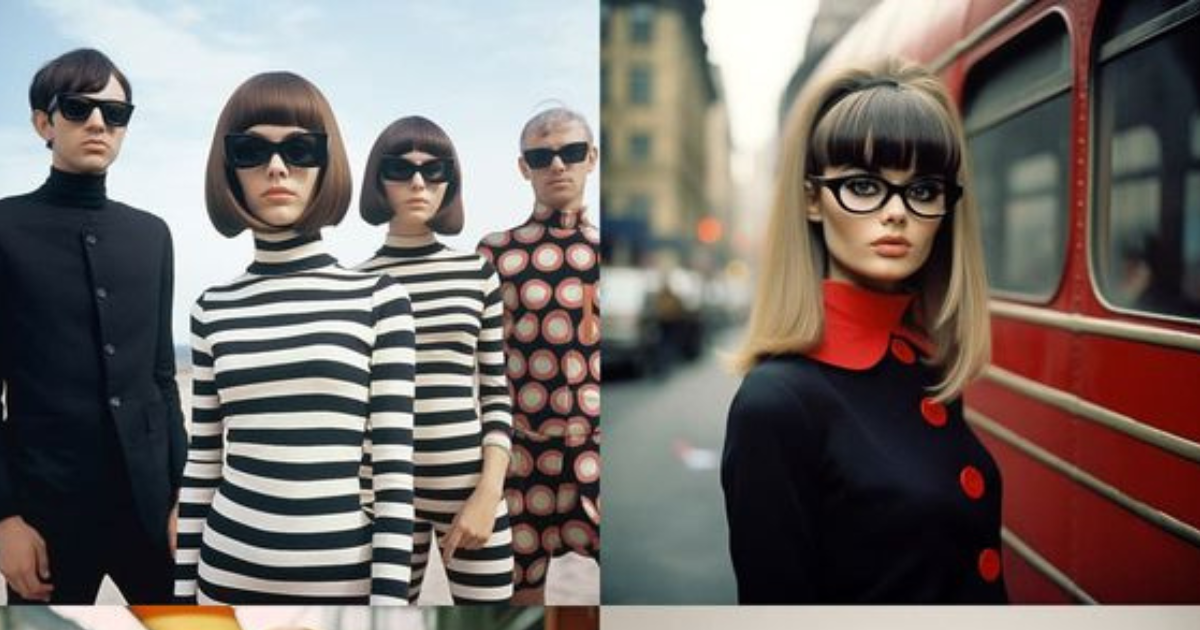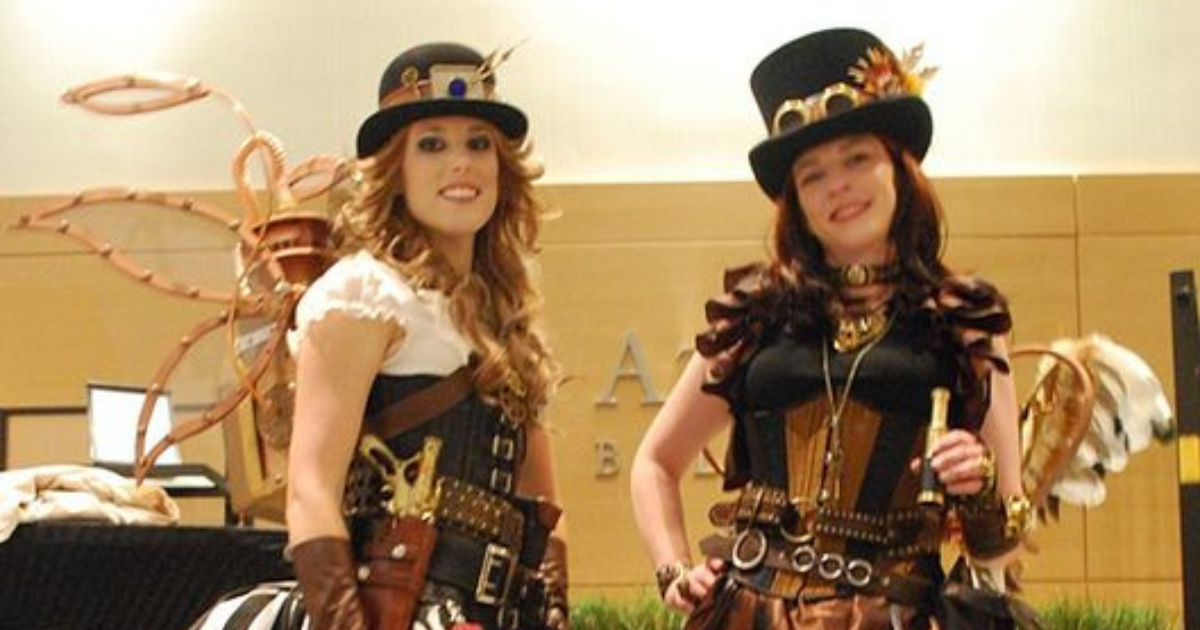The 1930s was a transformative decade that shaped the course of history in many ways. Amidst the Great Depression and the rise of Hollywood, men’s fashion underwent a significant evolution. The era’s style was marked by a unique blend of elegance, sophistication, and practicality. In this blog post, we’ll delve into the world of 1930s men’s fashion, exploring its key elements, historical context, and lasting impact on modern style.
Understanding the 1930s era’s style is essential for anyone interested in fashion, history, or both. By examining the fashion of the past, we can gain valuable insights into the cultural, social, and economic conditions of the time. Moreover, the 1930s style continues to influence contemporary fashion, making it a relevant and fascinating topic to explore.
Historical Context
The 1930s was a complex and dynamic decade, marked by two significant events that had a profound impact on men’s fashion: the Great Depression and the rise of Hollywood.
The Great Depression (1929-1939)
The Great Depression was a global economic downturn that affected millions of people worldwide. In the United States, it led to widespread unemployment, poverty, and a significant decline in living standards. As a result, fashion became more practical and less extravagant. Men’s clothing focused on durability, comfort, and versatility, reflecting the harsh realities of everyday life.
The Rise of Hollywood (1920s-1930s)
The 1920s and 1930s saw the rise of Hollywood as a major cultural force. The film industry not only provided escapism for the masses but also influenced fashion trends. Movie stars became style icons, and their on-screen personas shaped the way men dressed off-screen. The glamour and sophistication of Hollywood’s Golden Age had a profound impact on men’s fashion, introducing new styles, fabrics, and accessories that captivated audiences worldwide.
Cultural and Social Influences on Fashion
The 1930s was a time of great social change, with shifting values and norms affecting fashion. Some key cultural and social influences on men’s fashion include:
- The Lost Generation: A group of young Americans who rejected traditional values and embraced a more bohemian lifestyle. Their fashion sense was characterized by a mix of elegance and nonconformity.
- The Jazz Age: The jazz scene, popularized by musicians like Duke Ellington and Louis Armstrong, introduced a new level of sophistication and glamour to men’s fashion.
Key Pieces of 1930s Men’s Fashion
The 1930s was a decade that celebrated classic, timeless pieces that exuded elegance and sophistication. From suits to accessories, every element of a man’s wardrobe was carefully crafted to create a cohesive, stylish look.
Suits
Suits were the cornerstone of 1930s men’s fashion. Characterized by:
- Fabrics: Wool, cotton, and linen were popular choices for their durability and comfort.
- Cuts: Suits were tailored to perfection, with a focus on clean lines, narrow shoulders, and a nipped-in waist.
Dress Shirts
Dress shirts were designed to complement the suit, with:
- Collars: The pointed collar, also known as the “club collar,” was a distinctive feature of 1930s dress shirts.
- Cuffs: French cuffs, worn with cufflinks, added a touch of elegance.
Jackets
Jackets were a versatile addition to any outfit, with:
- Blazers: Single-breasted blazers, often in navy or charcoal, were worn for formal occasions.
- Sports coats: Less formal than blazers, sports coats were perfect for casual events.
Fabrics and Textures
The 1930s was a time of great experimentation with fabrics and textures, leading to a diverse range of materials that added depth and visual interest to men’s fashion.
Textured Fabrics
- Tweed: A woven fabric with a soft, open texture, tweed was used for suits, jackets, and trousers, often in earthy tones.
- Flannel: A soft, brushed cotton fabric, flannel was used for shirts, trousers, and loungewear, perfect for colder climates.
- Corduroy: A ridged, textured fabric, corduroy was used for trousers, jackets, and suits, adding a rustic touch to outfits.
Style Icons of the 1930s
The 1930s was an era of iconic style, with influential figures from Hollywood, music, and politics shaping men’s fashion.
Hollywood Stars
- Clark Gable: Known for his debonair style, Gable popularized the double-breasted suit.
- Cary Grant: Grant’s sleek, sophisticated style influenced men’s fashion for decades.
- Fred Astaire: Astaire’s elegant, refined style made him a fashion icon.
Influence of 1930s Men’s Fashion on Modern Style
The 1930s men’s fashion has had a lasting impact on contemporary style, with designers continually drawing inspiration from the era.
Revival of Vintage Styles
- Vintage suits: Designers like Thom Browne and Ralph Lauren have revived the classic suit.
- Vintage accessories: Hats, scarves, and cufflinks have made a comeback.
Designers Inspired by 1930s Fashion
- Giorgio Armani: Armani’s sleek, sophisticated style owes a debt to 1930s fashion.
- Tom Ford: Ford’s refined, elegant style reflects the 1930s’ influence.
Conclusion:
Our journey through 1930s men’s fashion has been a fascinating exploration of elegance, sophistication, and practicality. We’ve delved into the historical context, key pieces, fabrics, colors, and patterns that defined the era’s style. We’ve also examined the iconic figures who influenced fashion, from Hollywood stars to politicians, and seen how the 1930s continues to inspire contemporary fashion. As we bid adieu to this stylish decade, remember that fashion is a timeless journey, not a destination. So, don your fedora, adjust your cufflinks, and step into the world of 1930s men’s fashion – where the past meets the present, and style knows no bounds.



